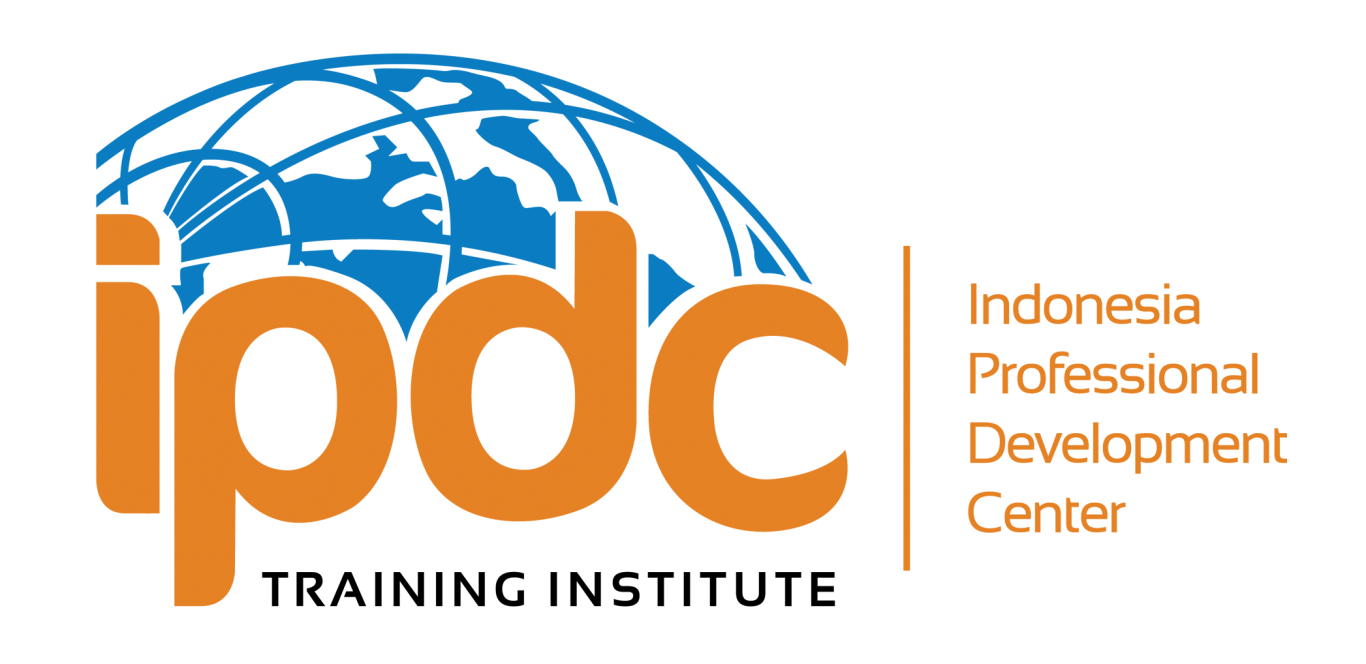

Wed, Sep 25
|Indonesia
Energy Isolation
The course will provide authorized workers with step-by-step procedures for isolating equipment using such techniques as lockout tagout, lockbox, blinding, misalignment, double block and bleed, and single valve isolation.
Time & Location
Sep 25, 2024, 8:00 AM – Sep 27, 2024, 5:00 PM
Indonesia
About The Training
OVERVIEW
Energy Isolation is designed to cover the OSHA standard to ensure that workers are protected from injury due to unexpected release of energy during equipment maintenance and startup. Participants will receive an introduction, for affected and authorized workers, to the Energy Isolation Standard, the types of energy sources, potential hazards, and how to control them.
The course will provide authorized workers with step-by-step procedures for isolating equipment using such techniques as lockout tagout, lockbox, blinding, misalignment, double block and bleed, and single valve isolation. It emphasizes each employee’s responsibilities during those procedures using practice exercises and simulations.
OBJECTIVES
Demonstrate familiarity with the principles of Energy Isolation
Demonstrate a basic understanding of energy sources




















